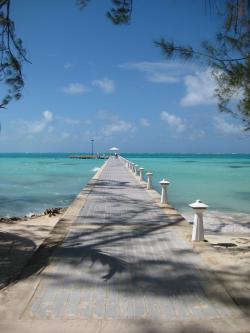jks
About
- Username
- jks
- Joined
- Visits
- 36,223
- Last Active
- Roles
- Member, Administrator, Moderator
- Points
- 639
Reactions
-
Dragging band edge and losing the "handle" [fixed in v1.700]
After looking at this in more detail (after the other post complaining about the exact same thing).
What you describe above should not be happening. Once you mouse-down on the passband edges to adjust the passband width the edges should track as long as the cursor stays anywhere in the entire grey frequency scale area. That means the upper part, where the passband symbol is. And the lower part, where the frequency ticks and numbers are.
The edge tracking will stop, and the entire passband will move, if the mouse moves into the area above (i.e. dx labels, top bar or spectrum) or below (waterfall). This is what I've been meaning to fix. When you adjust the entire passband and move into these areas the passband movement continues because there is code to handler this special case. There needs to be something similar for PB edge adjustment.
If you know of a Kiwi that does what you claim (stops tracking below the lower red line) I would like to see that myself because I need to understand why that is. I tried a bunch of public Kiwis running different versions and it never happened.
-
Dragging band edge and losing the "handle" [fixed in v1.700]
This has been on my list to fix for a long time now. It's annoyingly difficult to fix.
There are other methods for adjusting the passband: http://kiwisdr.com/info/#id-user-pbt
-
Forum rules and etiquette
-
Whats the trick to decoding FSK?
I wish I could find some open source code that does FSK signal parameter classification (and digital classification in general). But software like that tends to be proprietary and cost money (and for good reason).
Under the "decode" menu are two modes "scope" and "framing" that I used during development to help classify unknown signals to establish their parameters. But they are tricky to use and are not documented anywhere.
-
Messaging users via "Your name or callsign box"




